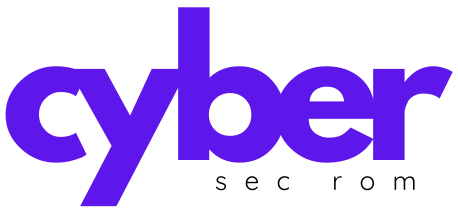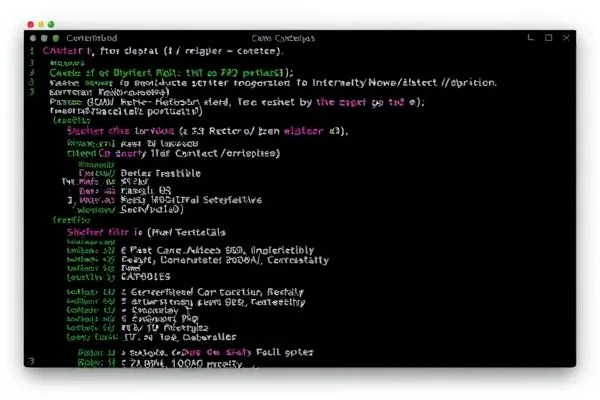Are your web applications ready to combat injection attacks? These malicious exploits target vulnerabilities in web applications by inserting harmful data. This compromises the integrity of applications and can lead to unauthorized access to sensitive information.
Injection attacks primarily include SQL Injection (SQLi) and Cross-Site Scripting (XSS). SQLi enables attackers to execute arbitrary SQL queries, manipulating databases to extract or alter data. XSS, on the other hand, allows attackers to inject scripts into web pages viewed by users, often resulting in session theft or redirecting users to malicious sites. Awareness and understanding of these attack vectors are essential in today’s threat landscape.
To prevent injection attacks, organizations must adopt a multi-faceted security approach. First, implementing Web Application Firewalls (WAFs) helps filter out malicious traffic before it reaches the application server. Additionally, conducting regular security assessments and penetration testing can identify potential vulnerabilities before they can be exploited by attackers. Developers should integrate security practices during the coding phase—utilizing input validation, parameterized queries, and output encoding can significantly mitigate the risks posed by injection attacks.
In conclusion, injection attacks represent a fundamental threat to application security. By integrating strong security practices, organizations can not only defend against these attacks but also foster a culture of security awareness within development teams, ensuring comprehensive protection of sensitive data.









